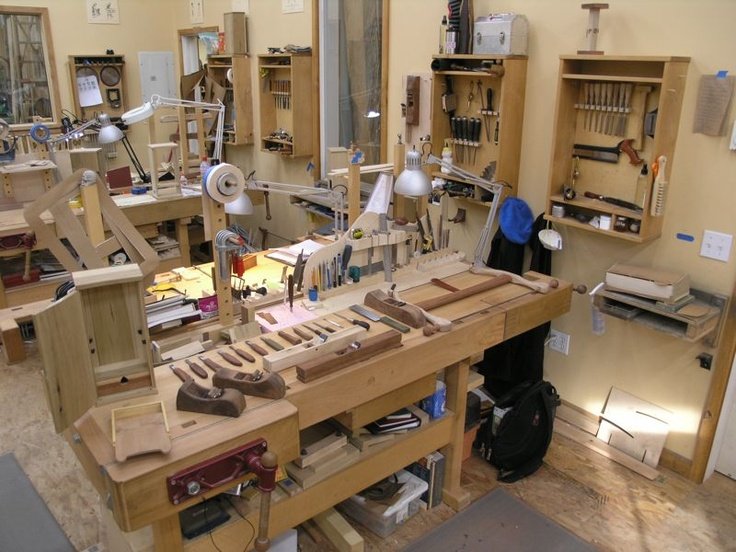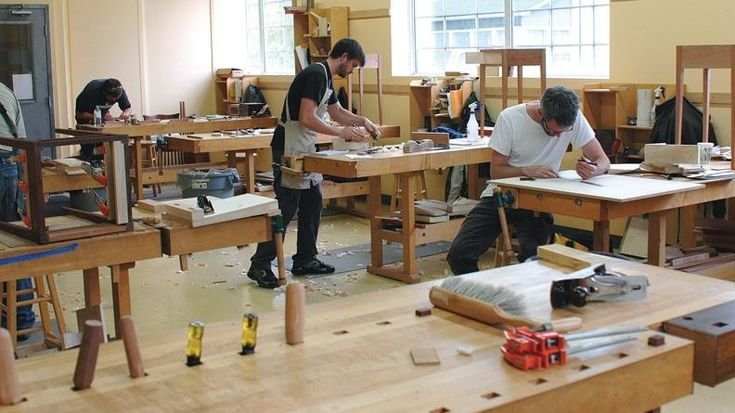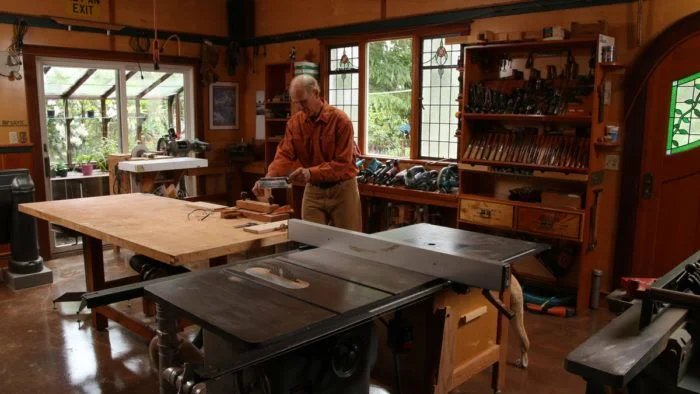The Beauty of Woodwork Finishes: A Journey through Mistakes and Lessons
You know, there’s something about the smell of freshly cut wood that just gets your heart racing a bit. I remember the first time I decided to tackle a project that everyone thought was, well, a bit more than I could handle. I was in my garage, surrounded by my tools and half a dozen pine planks, with a cup of coffee steaming on the bench beside me. Before I even set to work on the actual piece, I found myself spinning a web of excitement and anxiety about how to finish it. I had no idea how important those finishes were until I hit a few bumps on the road.
The First Try: A Lesson in Staining
So, I thought, “How hard can it be to apply a stain?” The wood was a lovely, light pine that my buddy Dave had salvaged from an old fence, and I figured some stain would liven it up. I remember walking into the hardware store and being utterly bamboozled by the choices. There were dark stains, light stains, oils, and water-based options. You know that feeling when you’re staring at a menu and can’t even think of what to order? Yeah, I had that.
Finally, I settled on a Minwax Polyshades stain—stuff smelled almost like maple syrup, which I thought was promising. I went home, sanded those planks down with my trusty orbital sander—man, that thing has seen better days—and slapped on the stain with a rag.
Well, let me tell you, as soon as I saw the finish, I almost gave up. The color was all splotchy and uneven. Turns out, I didn’t prep the wood properly. The sander had left some areas smoother than others, and the stain clung to the rough bits like it was trying to avoid the nice, smooth ones. I can still hear the slight crunch from the sandpaper as I powered through.
The Fix That Morphed into a Disaster
But as I sat there feeling defeated, I got a wild idea. “What if I just go darker?” So, I got brave and picked up a can of dark walnut, thinking it would cover my first mistake. And guess what? It didn’t. It turned my pine into something that looked more like a giant turd than a piece of furniture. I had a brief moment where I thought I could turn it into a rustic look, but nah, it was a hot mess.
In that moment, I almost tossed the project out altogether, but for some reason, I decided to keep it. I sanded it down again—I think I lost a few layers of my sanity along with those layers of pine. But then, as I started fresh with a cleaner slate, I was reminded of something crucial: sometimes, what you’re looking for just needs a little time, a little patience, and maybe a second opinion.
Trying Out Different Finishes
Once I figured out that staining wasn’t my friend, I thought about the next best thing: a clear finish. I swung by the local hardware store again, this time feeling like a man on a mission. I picked up a can of polyurethane—water-based this time—because I wanted something that wouldn’t make everything look too yellow. Wood can be such a diva, can’t it?
I remember laughing at myself when I actually started applying it. The brush, despite being brand new, was shedding bristles like it was auditioning for a horror movie. I had bits of hairlike wood fibers stuck in places where they definitely didn’t belong. But, as I kept layering it on, I was astounded. It transformed the project. The warmth of the wood really popped through, and I finally felt like I was on the right track.
A Bit of Wax to Seal the Deal
You’ve probably had that moment when you think, “This is it! I’ve cracked the code!” But of course, I had to push my luck. I kept hearing tales about a wax finish that would give it a softer sheen and a lovely tactile feel. So, I googled a bit—don’t we all?—and landed on a beeswax compound. Simple, natural, and just the kind of rustic vibe I was going for.
I’ll tell ya, when I first applied it, I was scared. It felt waxy and a bit gross, actually, but wittily I thought, “What’s the worst that could happen? More sanding?” And you know what? As I buffed it out with a soft cloth, the grain of that pine started shining through beautifully. I laughed when it actually worked. Suddenly, my chaotic project from weeks ago had come together.
Reflection and Takeaways
Sitting there, sipping that cup of coffee while admiring my work, I was reminded of why I love this gig—mistakes, missteps, and all. The whole process had shown me something invaluable. It’s not just about the finish you choose; it’s about the journey you undertake to get there. Those little misadventures made any moment of triumph that much sweeter.
So, if you’re out there thinking about giving woodworking a shot or contemplating a finish for your project, just go for it. Don’t let the fear of messing up stop you from getting your hands dirty. You might just surprise yourself, because, trust me, those lessons learned will be worth it in the end. Embrace the process—screw up a little—because sometimes, that’s where the magic happens.









